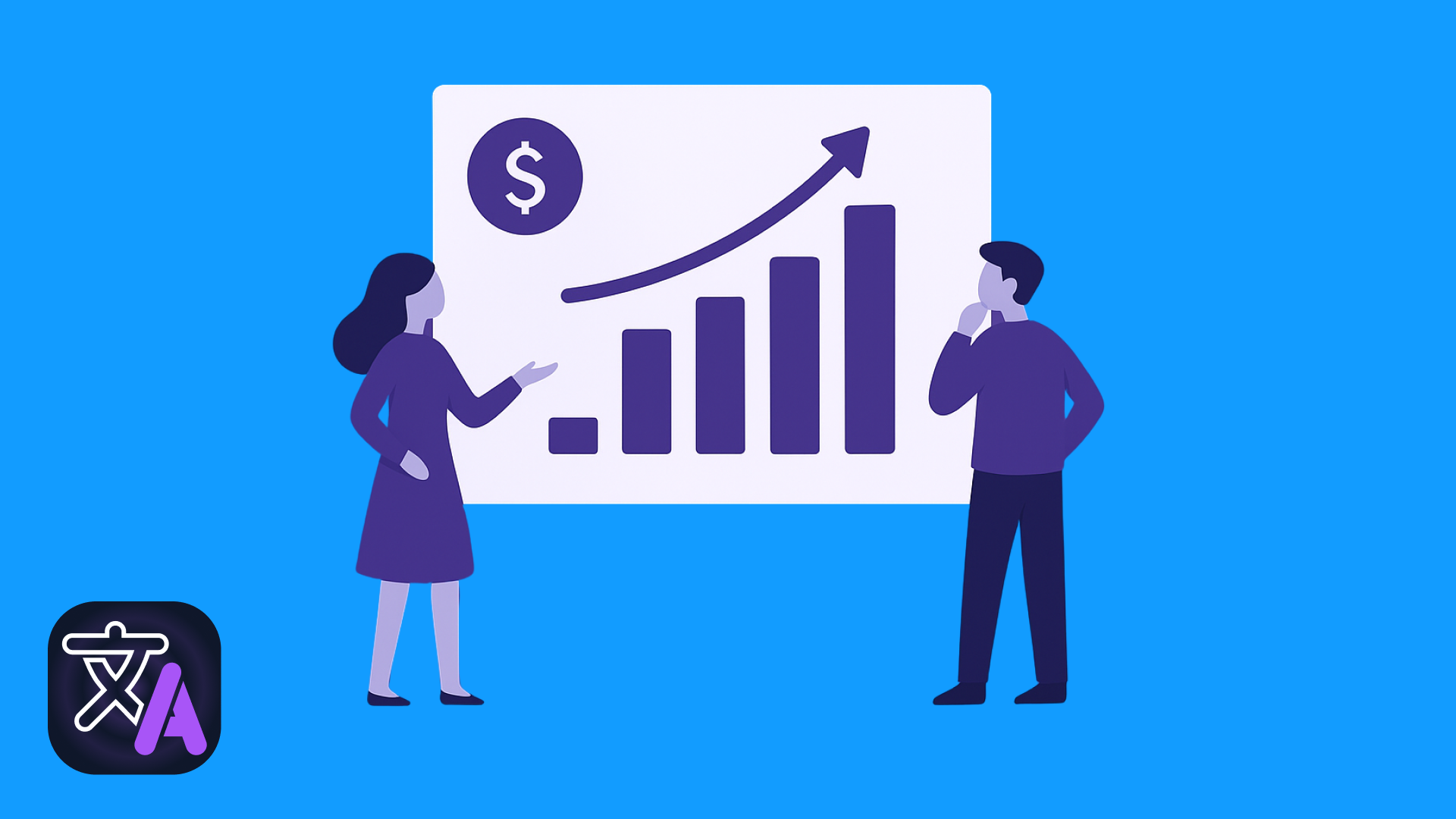
AI Localization 2025: Get Ahead of Your Competitors
11.08.2025
The global web is shifting — and fast.
For the first time in history, English now represents less than 50% of online content usage (W3Techs, 2025). Spanish, French, German, Japanese, and dozens of emerging languages are claiming larger shares of the internet pie.
If your site is English-only, you're invisible to billions. But the solution isn’t simply translating your words — it’s delivering a fully localized experience that feels native to each market.
And in 2025, AI-powered localization isn’t just the future. It’s the competitive advantage your competitors are already testing.
Why English-Only Websites Are Losing
A monolingual website is like opening a store in a busy street… and locking the door for half your visitors.
- Lost visibility: Search engines prioritize localized content in regional SERPs.
- Lower trust: 75% of users prefer buying from websites in their own language.
- Missed growth: Emerging economies are fueling the next wave of e-commerce expansion.
In short: you’re not just losing traffic — you’re losing relevance.
Localization in 2025: Beyond Words
In the past, localization meant translation. In 2025, it means cultural engineering.
Modern localization considers:
- Tone & register: A casual tone in the US may seem unprofessional in Japan.
- UX layout: Right-to-left scripts, font choices, and whitespace all shift per market.
- Payment systems: Alipay in China, PIX in Brazil, iDEAL in the Netherlands.
- Media adaptation: Subtitles, AI voiceovers, and localized imagery.
- Legal compliance: GDPR in the EU, LGPD in Brazil, PIPEDA in Canada.
The Localization Industry Standards Association found that €1 invested in localization yields €25 in return — and that was before AI cut costs and boosted speed.
The AI Inflection Point
Until recently, high-quality localization was slow, expensive, and manual.
Now, Large Language Models (LLMs) — when trained and tuned correctly — deliver:
- Contextual translations that adapt tone and nuance to your industry.
- Real-time updates that sync instantly across your site.
- Multi-format handling for text, video, and even AR/VR interfaces.
- Learning loops that improve with your specific brand data.
But here’s the catch: raw AI output is still risky without human QA and contextual fine-tuning.
That’s where platforms like LingoJs excel.
Why LingoJs Is Built for 2025
LingoJs isn’t a generic translation widget — it’s a contextual AI localization platform engineered for speed, simplicity, and scalability.
Core advantages:
- Contextual AI: Goes beyond word-for-word, factoring in UI context, domain vocabulary, and audience tone.
- Ultra-light integration: Add a single JS tag, and your site becomes multilingual in seconds.
- Speed: Client-side translation delivery in ~26 ms — invisible to your Core Web Vitals.
- SEO-ready: Full support for hreflang tags, localized metadata, and indexable pages.
- Affordable plans: Transparent pricing vs. 3–5× more for enterprise tools.
- Human-in-the-loop: Optional review workflows to ensure cultural and brand alignment.
The Hidden SEO Multiplier
Localized sites don’t just reach more people — they dominate in local search.
For example:
- A Spanish-localized SaaS landing page can outrank global English competitors in Mexico, Spain, and Colombia.
- Adding Arabic support opens ranking potential across 22+ countries with a combined GDP of $3T.
- Localizing blog content boosts topical authority in multiple markets simultaneously.
Tip: Pair LingoJs with country-specific keyword research for exponential organic growth.
Real-World Impact
Case Study: SaaS Startup X
- Before: English-only landing page, 1,200 monthly signups.
- After LingoJs: Added Spanish, French, and German within 48h.
- Results (3 months):
- +73% organic traffic
- +54% conversion rate in localized markets
- 2× faster onboarding for non-English users
The kicker? All achieved without adding a single backend dependency.
The 2025 Localization Playbook
- Audit Your Audience
- Use analytics to see where your international traffic is already coming from.
- Prioritize Markets
- Start with 2–3 high-potential languages based on audience size and revenue opportunity.
- Localize Critical Paths First
- Homepage, pricing page, signup flow, and onboarding.
- Leverage AI + Human Review
- Use LingoJs AI for scale, add native-speaking reviewers for brand polish.
- Measure & Optimize
- Track engagement, SEO rankings, and conversion lift per market.
How to Get Started with LingoJs
- Install the JS tag → 2 minutes.
- Choose languages → 1 click.
- Customize the widget → match your brand.
- Launch & monitor → watch conversions grow.
Conclusion
In 2025, localization is no longer an optional enhancement — it’s a core growth strategy.
The brands winning globally aren’t just translating; they’re engineering experiences that feel native to every visitor.
LingoJs makes that level of localization possible without enterprise budgets or year-long rollout plans.
👉 Start your free 30-day trial at LingoJs.com and be the brand that speaks everyone’s language — literally.
Pro insight: In an age where algorithms personalize search results by language, localization is SEO. Skip it, and you’re invisible.
